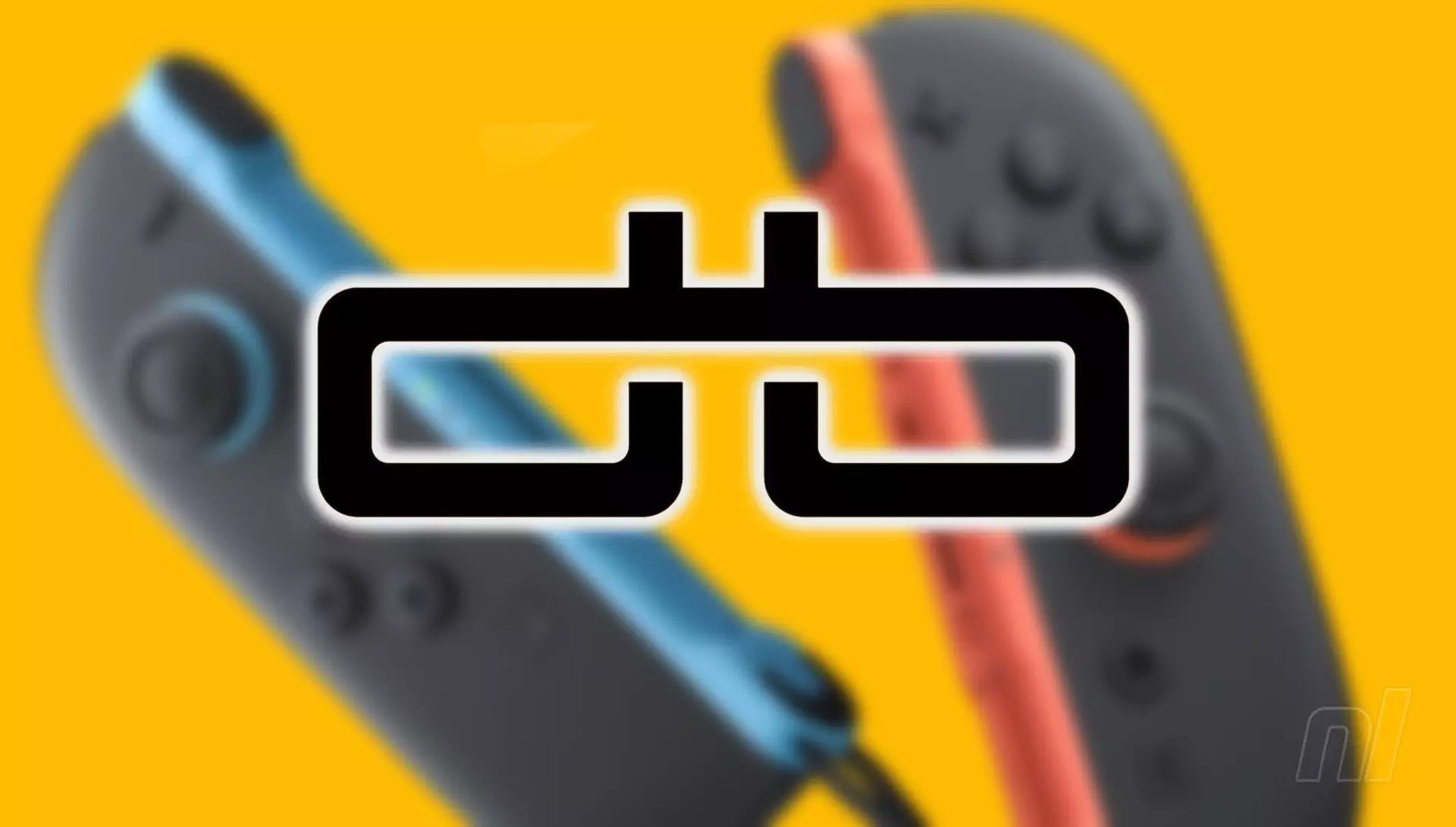In the ever-competitive world of accessory manufacturing, few things can be as damaging as a major misjudgment from a trusted brand. Dbrand, known for its stylish and functional products, recently found itself embroiled in controversy over its new ‘Killswitch’ for the Switch 2. The backlash emerged when many users reported that the accessory was causing the Joy-Con controllers to detach from the console quite too easily. Initially, Dbrand’s response was less than stellar, nearly derailing the brand’s reputation overnight.
The critical misstep in Dbrand’s initial statement was its apparent defensiveness. Their assertion that users were at fault for the detachment issue felt dismissive and alienating. By indicating that “nobody routinely holds their Switch 2 like this,” Dbrand not only undermined the valid concerns of its customers but also positioned itself as if it was unwilling to accept responsibility. The backlash was swift and severe, with customers expressing their frustration, ranging from mild dissatisfaction to outright threats—a clear indication that Dbrand had missed the mark dramatically in public relations.
Taking Responsibility: The Art of Crisis Management
Understanding the gravity of the situation, Dbrand eventually attempted to recalibrate its response. In a new statement released on Reddit, the company acknowledged that its initial handling of the situation was “spectacularly terrible.” This admission is not just a recognition of a miscommunication but invites a broader conversation about corporate responsibility and customer service. Owning up to mistakes is no easy feat, particularly when the stakes are high; however, Dbrand’s pivot towards accountability is commendable and highlights an essential lesson in modern business ethics.
This turn of events could be seen as a watershed moment for the company as it seeks to rebuild trust with its consumers. Dbrand stated unequivocally that users should feel free to hold their gaming consoles in any manner without fear of detachment—a refreshing perspective that places user experience at the forefront of product design. This pivot can build a bridge back to their customer base, but it will require more than just words to mend relationships shaped by dissatisfaction.
Future Solutions: Adaptation and Innovation
Moving forward, Dbrand has outlined two potential paths for rectifying the Killswitch defect: a complete redesign of the accessory or an improved version of the current model. This dual approach offers a glimpse into Dbrand’s commitment to ensuring functionality and reliability. However, the challenge is executing these solutions effectively and ensuring they are viable for mass production.
What is particularly striking about Dbrand’s current situation is the company’s intent to supply replacements to all customers affected by or even unaware of the issue. By making proactive commitments to rectify the situation, Dbrand seeks to demonstrate their dedication to customer satisfaction, even if this means incurring additional costs for the company. This kind of proactive engagement can not only mitigate customer dissatisfaction but also fortify brand loyalty in the long run.
The Lessons Early Missteps Teach
Dbrand’s incident serves as a reminder that being in a technologically driven marketplace comes with the serious responsibility of maintaining customer trust and satisfaction. Avoiding blame-shifting while genuinely addressing customer concerns can change the narrative from one of discontent to one of partnership. Open channels of communication and adaptability in response to feedback should be standard practices for any brand operating in today’s digital age.
Ultimately, this saga surrounding Dbrand’s Killswitch accessory elucidates the delicate balance companies must strike between innovation and customer service. As consumers, we have the right to expect products that function flawlessly and the assurance that brands will stand behind their offerings. Dbrand’s willingness to embrace its shortcomings is a vital step in the right direction, turning a potential PR disaster into an opportunity for growth and learning.


Leave a Reply